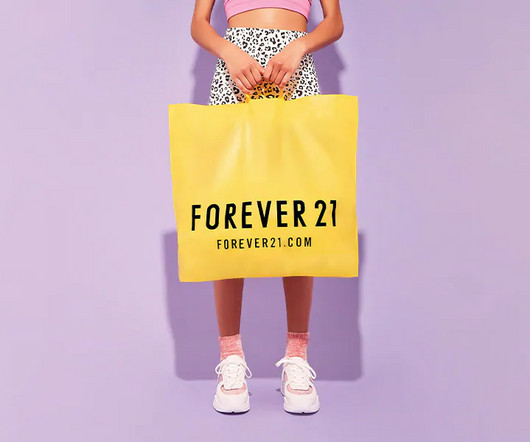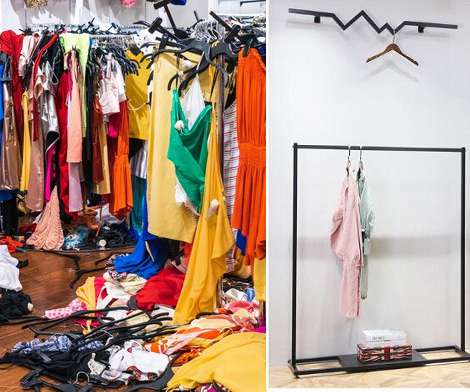Forever 21: 4 Reasons it Failed & Filed for Bankruptcy
Indigo 9 Digital
FEBRUARY 28, 2023
Inditex, Zara’s parent company planned to close up to 1,200 stores by the end of 2022 and open 450 new stores. If you can’t move all of the inventory then markdowns are required which eats into sales per sq. Between 2018 and 2019 Forever 21’s stores in Canada, Europe and Asia lost approximately $10 million per month.













Let's personalize your content